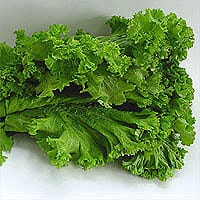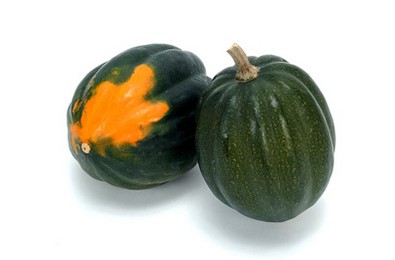Bean sprouts are the tender edible shoots of germinated beans. Most people think of mung bean sprouts when bean sprouts are mentioned, but a wide assortment of seeds, nuts, grains, and beans can be sprouted. The slightly crunchy texture and sweet flavor of bean sprouts makes them a popular addition to an assortment of dishes. Because bean sprouts have become a common ingredient, many grocery stores carry them, and they can also be prepared at home.
Mung bean sprouts originate in Asia, where they have been made and used for thousands of years. Cultural diffusion led to the appearance of sprouts in other places and in other cuisines, and intrepid cooks began sprouting all sorts of things to add to their food. In most cases, bean sprouts can be used raw or lightly cooked, and they should be used as quickly as possible. If bean sprouts are going to be cooked, they can be frozen for up to three months.
Health Benefits of Bean sprouts.
Because beans use stored starches and sugars to produce green shoots called sprouts, sprouted beans have less carbohydrate than the beans from which they grow. But bean sprouts are a good source of dietary fiber, including insoluble cellulose and lignin in leaf parts and soluble pectin and gums in the bean. The sprouts are also high in the B vitamin folate and vitamin C.
One-half cup raw mung bean sprouts has 1.2 g dietary fiber, 31.5 mcg folate (16 percent of the RDA for a man, 17.5 percent of the RDA for a woman), and 7 mg vitamin C (11.5 percent of the RDA).
Raw beans contain anti-nutrient chemicals that inhibit the enzymes we use to digest proteins and starches; hemagglutinens (substances that make red blood cells clump together); and “factors” that may inactivate vitamin A. These chemicals are usually destroyed when the beans are heated. Sprouted beans served with the bean must be cooked before serving.

